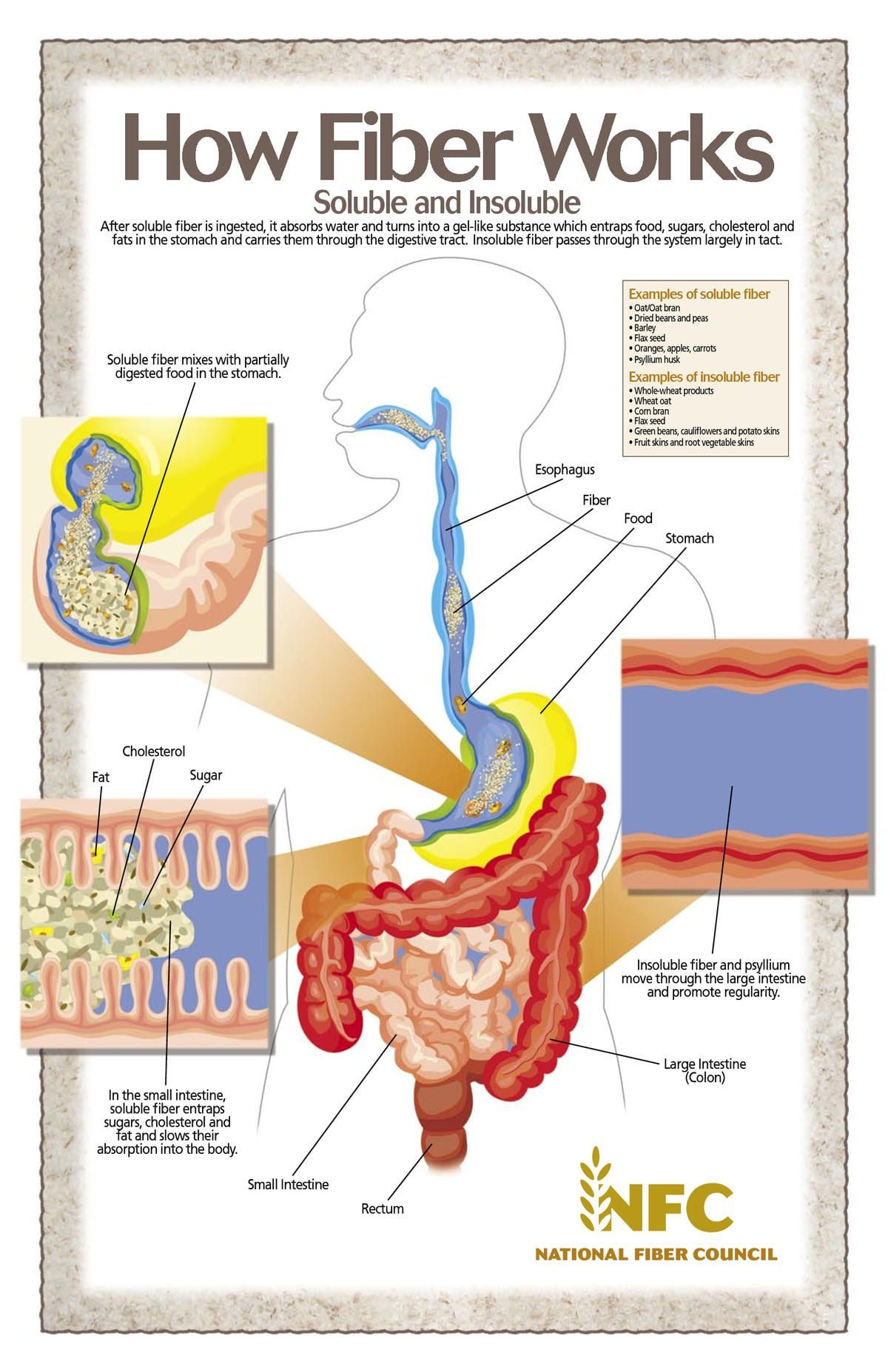According to research, more dietary fiber, and not necessarily less cholesterol or saturated fat, is linked to a reduced risk of type-2 diabetes and heart disease in teenagers. The results of the study suggest that in order to lower metabolic syndrome, a group of risk factors which includes a large waistline and high blood pressure, it’s more important to focus on diets which include nutrient-dense, fiber-rich, plant-based foods as opposed to place emphasis on the restriction of foods high in saturated fat or cholesterol.[1]
Metabolic syndrome risk decreases as intake of dietary fiber is increased. Nutrient-dense, high-fiber foods are full of heart healthy minerals, vitamins and chemicals which can positively impact numerous cardiovascular risk factors. It could be better to concentrate on including these foods compared to focusing, as is usually done, on eliminating foods that are high in saturated fat. That doesn’t however mean that teenagers ought to have carte blanche in consuming foods high in cholesterol and saturated fat.
It’s well known that saturated fat can increase bad cholesterol. These results merely suggest that it’s important to include foods that are high in dietary fiber.
With the high accessibility to processed foods nowadays, it’s possible for teenagers to consume a diet which is low in cholesterol and saturated fat but that’s also low in dietary fiber and nutrient-dense, plant-based foods. Research indicates up to 30% of teenagers’ dietary intake derives from sugar-rich snacks and beverages.
Because of low intakes of vegetables, fruits, beans and whole grains, the total daily intake of dietary fiber in teenagers is approximately 13 grams, well below the recommended 38 grams and 26 grams for male and female adolescents, respectively.
Obesity as well as other risk factors linked to metabolic syndrome are also on the increase in younger people; over 70% of teenagers in the study had 1 or more of the 5 metabolic syndrome risk factors, namely high blood levels of sugar and fat, high blood pressure, low good cholesterol levels and a large waistline (metabolic syndrome is classified as having 3 or more of the risk factors).
